Meta’s data centers and nuclear power
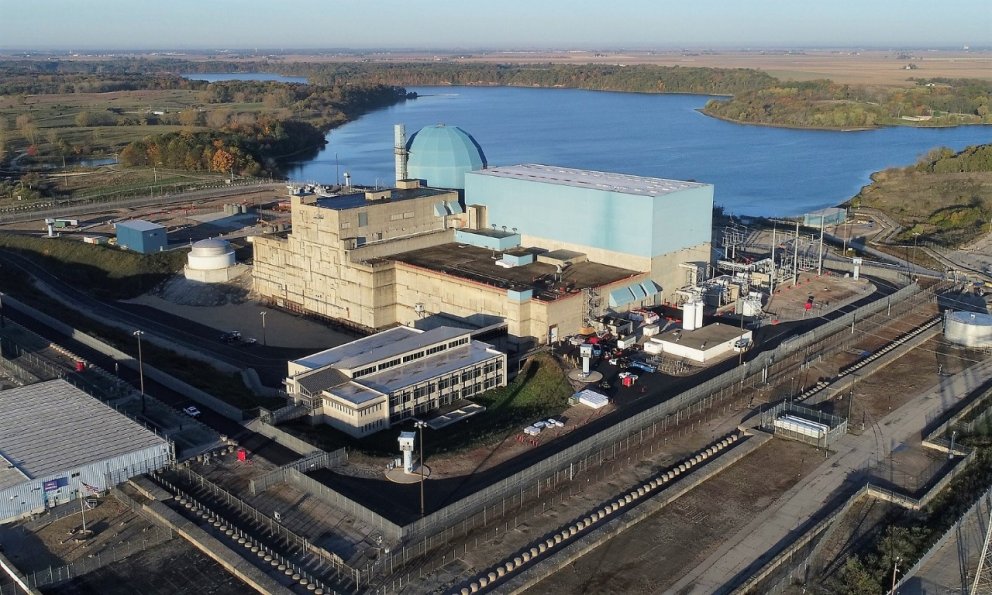
A recent article in the Chicago Tribune explores the benefits and potential drawbacks of the 20-year power purchase agreement (PPA) signed by Constellation Energy and Meta last month.


A recent article in the Chicago Tribune explores the benefits and potential drawbacks of the 20-year power purchase agreement (PPA) signed by Constellation Energy and Meta last month.
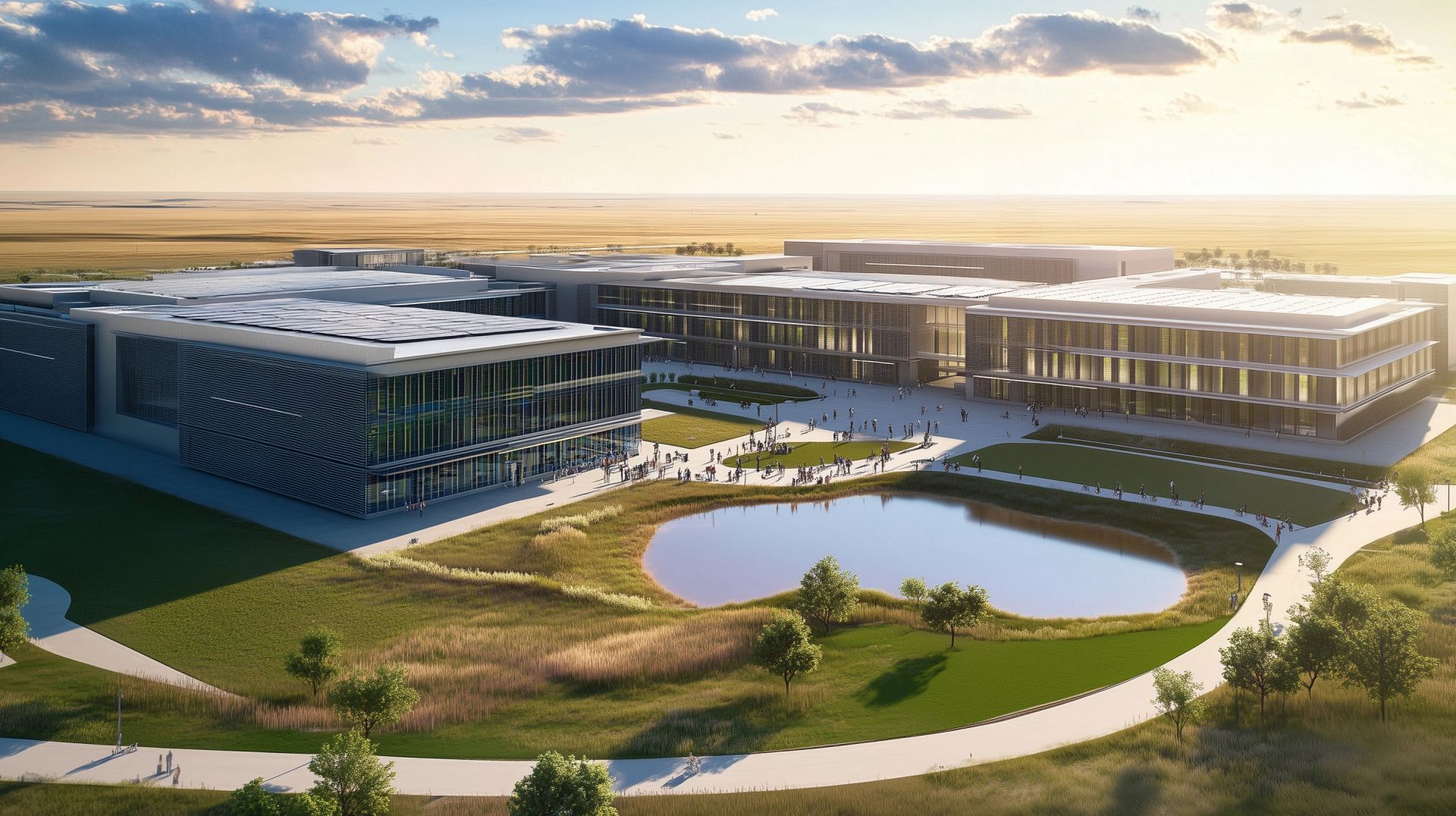
Texas Tech University and Fermi America shared plans on June 26 to build “the world’s largest advanced energy and artificial intelligence campus” in Amarillo, Texas, near the Pantex nuclear weapons plant. Fermi America is a company cofounded by former Texas governor and energy secretary Rick Perry and his son, Griffin Perry, a cofounder and past senior advisor at Grey Rock Investment Partners. The announcement—a first press release from relative newcomer Fermi America—says the company “proudly answers President Donald J. Trump’s call to deliver global energy and AI dominance.”
SMR developer Arc Clean Technology has signed a memorandum of understanding with Deep Atomic to jointly explore deployment opportunities across North America.

Talen Energy Corporation and Amazon have signed an expanded power purchase agreement (PPA) whereby Talen agrees to supply electricity from its Susquehanna nuclear power plant for AI operations and other cloud technologies at Amazon Web Services’ data center campus next to the power plant.

Craig Piercy
cpiercy@ans.org
This month’s issue of Nuclear News focuses on supply and demand. The “supply” part of the story highlights nuclear’s continued success in providing electricity to the grid more than 90 percent of the time, while the “demand” part explores the seemingly insatiable appetite of hyperscale data centers for steady, carbon-free energy.
Technically, we are in the second year of our AI epiphany, the collective realization that Big Tech’s energy demands are so large that they cannot be met without a historic build-out of new generation capacity. Yet the enormity of it all still seems hard to grasp.
or the better part of two decades, U.S. electricity demand has been flat. Sure, we’ve seen annual fluctuations that correlate with weather patterns and the overall domestic economic performance, but the gigawatt-hours of electricity America consumed in 2021 are almost identical to our 2007 numbers.
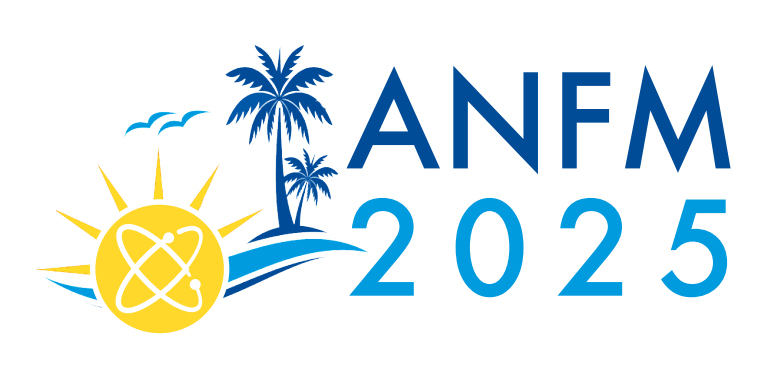
The first Advances in Nuclear Fuel Management (ANFM) conference in eight years is being held July 20–23, 2025, at the Sheraton Sand Key Resort in Clearwater Beach, Fla.
The Department of Energy’s Office of Nuclear Energy has posted a list of the advantages and challenges of using nuclear energy to power AI data centers, which some estimates suggest could consume as much as 12 percent of U.S. energy production by 2028. The DOE also posted a brief video on its YouTube channel to accompany the list.

Melbye
During an interview for Kitco News at the 2025 Prospectors & Developers Association of Canada (PDAC) Convention, held in Toronto in early March, the chief executive of British Columbia–based Uranium Royalty Corp. noted, “I’ve never seen a better narrative around nuclear power [and] uranium.”
CEO Scott Melbye, who is also executive vice president of Texas-based Uranium Energy Corp. and has 41 years of experience in the uranium sector, added that nuclear energy has gone from stagnation or decline to a point where it may double by 2040.
As part of a broader series on the future of global energy markets, S&P Global has released a report on examining the growing interest in nuclear power as the solution to many of the problems the energy sector faces.
To read the full details and conclusions of the report, click here.
As part of a broader series on the future of the global energy markets, S&P Global has released a new report examining the growing interest in nuclear energy as the solution to many of the problems the energy sector faces.
AI-powered imaging from Argonne reveals hidden flaws in stainless steel and could boost safety in critical industries
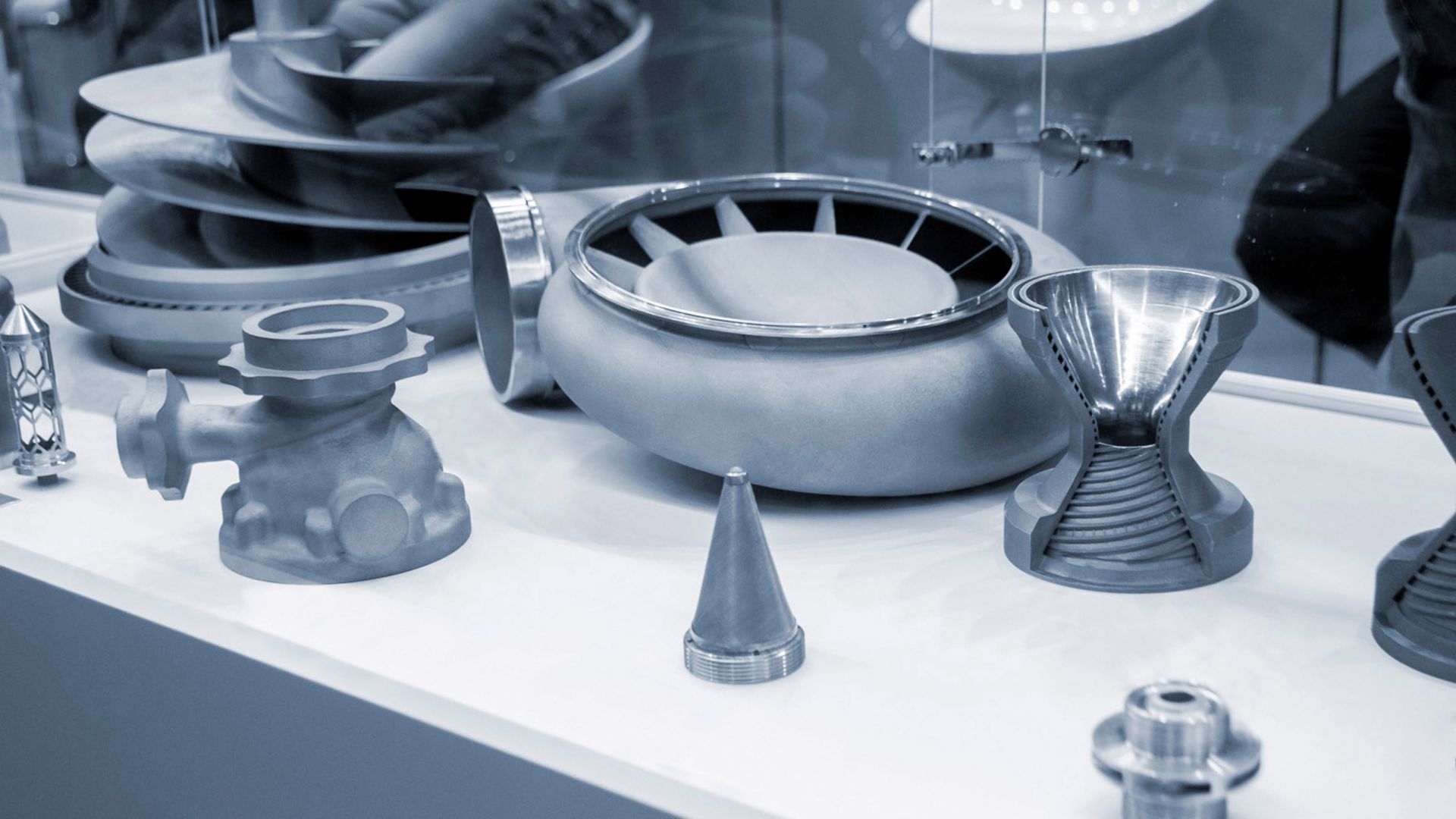
Imagine you’re constructing a bridge or designing an airplane, and everything appears flawless on the outside. However, microscopic flaws beneath the surface could weaken the entire structure over time.
These hidden defects can be difficult to detect with traditional inspection methods, but a new technology developed by scientists at the U.S. Department of Energy’s Argonne National Laboratory is changing that. Using artificial intelligence and advanced imaging techniques, researchers have developed a method to reveal these tiny flaws before they become critical problems.
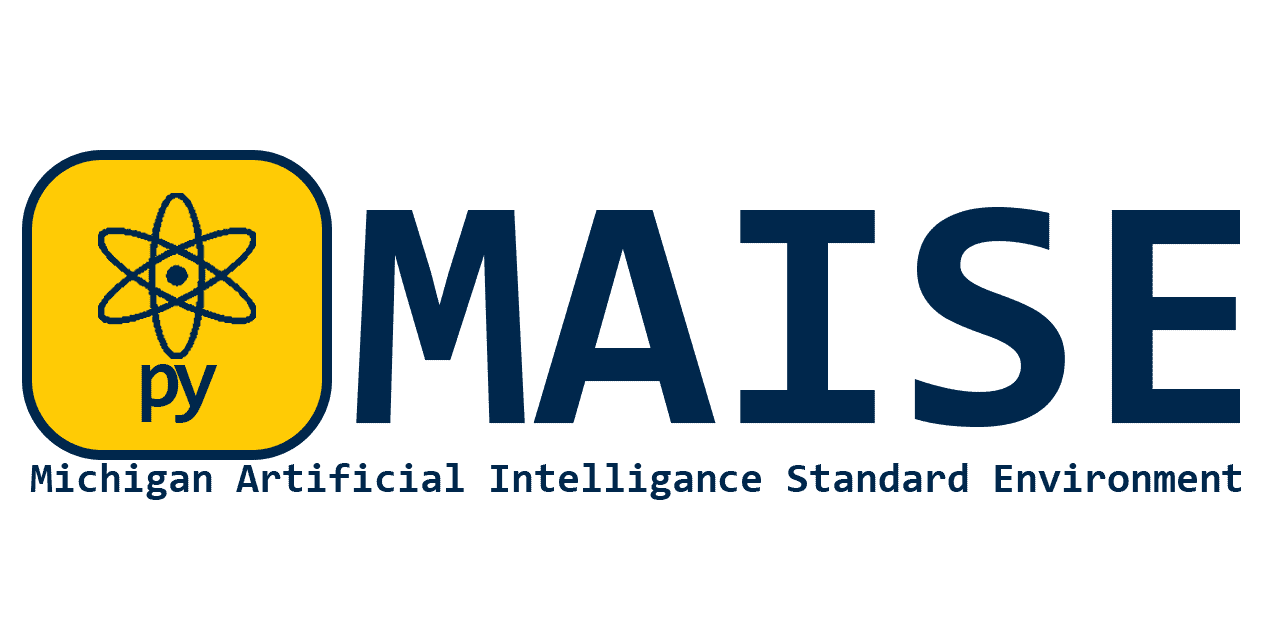
A recent article on University of Michigan’s Department of Nuclear Engineering and Radiological Sciences (UMich NERS) website highlights the university’s work on the application of artificial intelligence to nuclear engineering. Python-based Michigan Artificial Intelligence Standard Environment (pyMAISE) is a project that is providing an “automatic machine learning benchmarking library—the first of its kind created by nuclear engineers for nuclear engineers.”
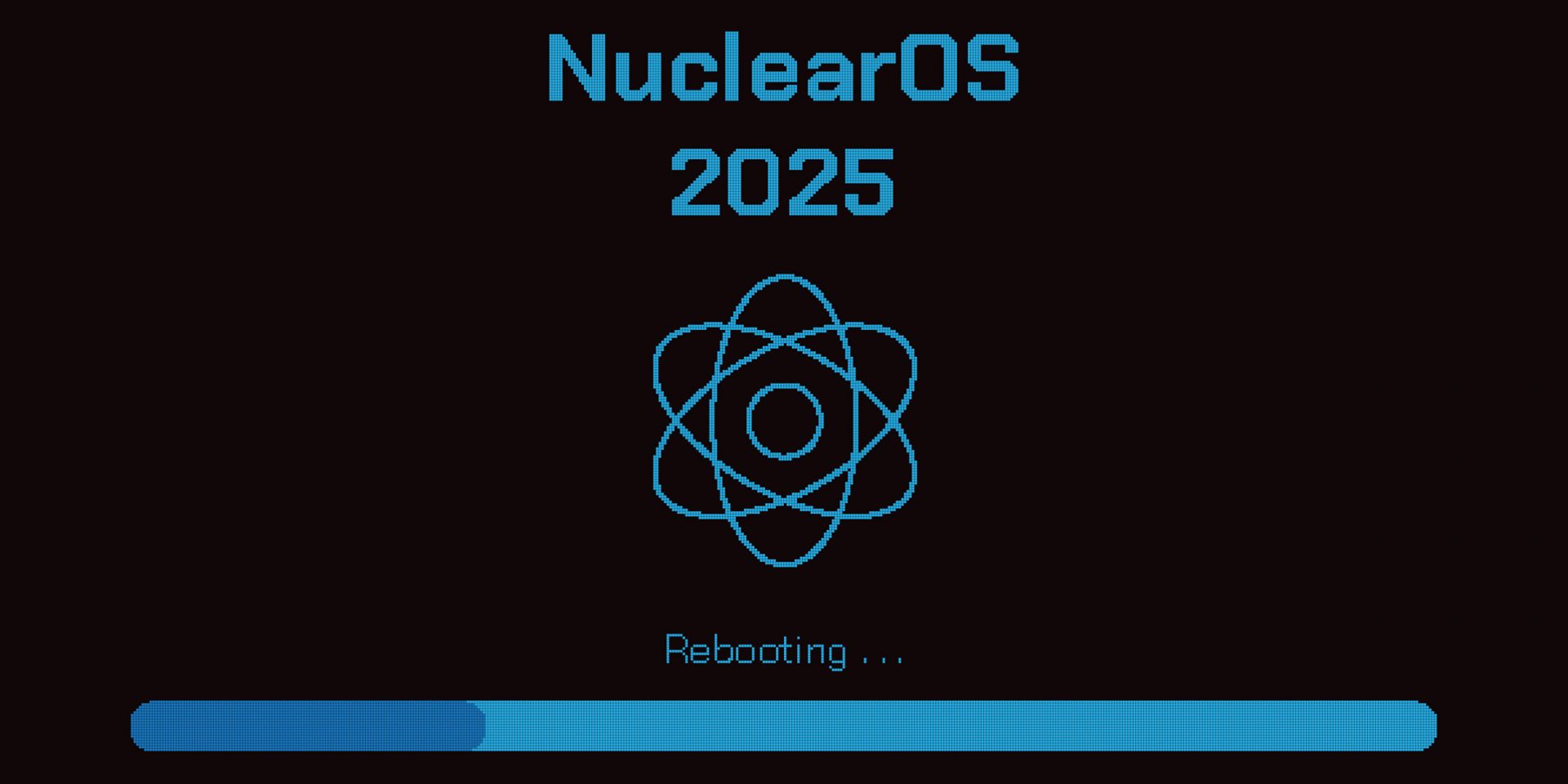
The media have gleefully resurrected the language of a past nuclear renaissance. Beyond the hype and PR, many people in the nuclear community are taking a more measured view of conditions that could lead to new construction: data center demand, the proliferation of new reactor designs and start-ups, and the sudden ascendance of nuclear energy as the power source everyone wants—or wants to talk about.
Once built, large nuclear reactors can provide clean power for at least 80 years—outlasting 10 to 20 presidential administrations. Smaller reactors can provide heat and power outputs tailored to an end user’s needs. With all the new attention, are we any closer to getting past persistent supply chain and workforce issues and building these new plants? And what will the election of Donald Trump to a second term as president mean for nuclear?
As usual, there are more questions than answers, and most come down to money. Several developers are engaging with the Nuclear Regulatory Commission or have already applied for a license, certification, or permit. But designs without paying customers won’t get built. So where are the customers, and what will it take for them to commit?


Diablo Canyon will host a commercial installation of the first on-site generative artificial intelligence deployment at a U.S. nuclear plant.
Pacific Gas & Electric is deploying Atomic Canyon’s Neutron Enterprise to assist the utility’s management of datasets associated with operations of Diablo Canyon. The software, which runs on Nvidia’s full-stack AI platform, enables intelligent document processing, computation of semantic embeddings, and generative capabilities. Its infrastructure allows nuclear facilities to process and analyze vast amounts of complex documentation with unprecedented speed and accuracy, according to the company.
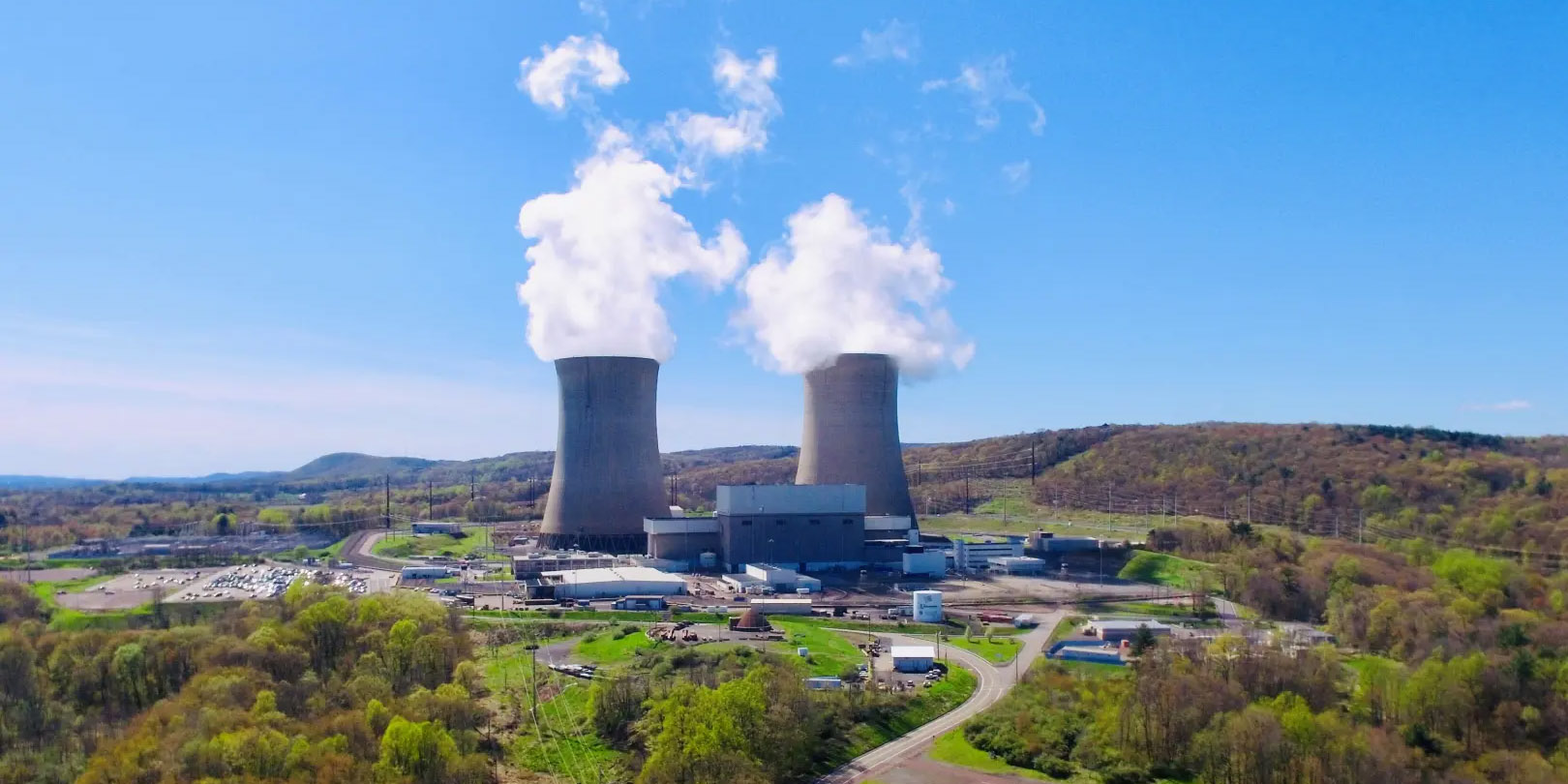
The Federal Energy Regulatory Commission has denied plans for Talen Energy to supply additional on-site power to an Amazon Web Services’ data center campus from the neighboring Susquehanna nuclear plant in Pennsylvania.
ANS CEO Craig Piercy welcomes tech industry's plans to build nuclear energy projects
Washington, D.C. — Craig Piercy, CEO of the American Nuclear Society (ANS), issued the following statement:
"The American Nuclear Society applauds the announced partnerships between Google and Kairos Power and by Amazon and X-energy. Together, these deals will add at least 820 megawatts of zero carbon electricity to the U.S. energy supply. This is a major step toward securing the commercial deployment of advanced nuclear technologies that will make the world a cleaner and more prosperous place."
Atomic Canyon is developing a generative AI search for the nuclear energy sector and is working with the Department of Energy’s Oak Ridge National Laboratory to get it done. On September 26, Atomic Canyon announced its initial results about six months after the collaboration was first announced in March.
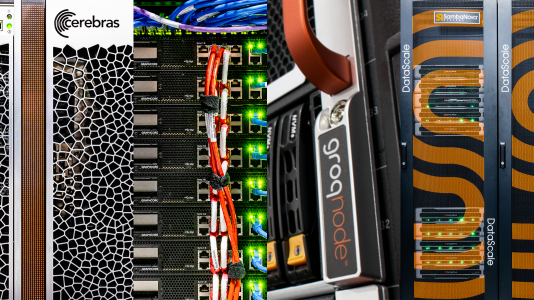.png)
Generative artificial intelligence paired with advanced diagnostic tools could detect potential problems in nuclear power plants and deliver a straightforward explanation to operators in real time. That’s the premise of research out of the Department of Energy’s Argonne National Laboratory, and just one example of the DOE’s increasing exploration of AI applications in nuclear science and technology research. Training and restraining novel AI systems take expertise and data, and the DOE has access to both. According to a flurry of reports and announcements in recent months, the DOE is setting out its plans to ensure the United States can use AI to its advantage to enhance energy security and national security.